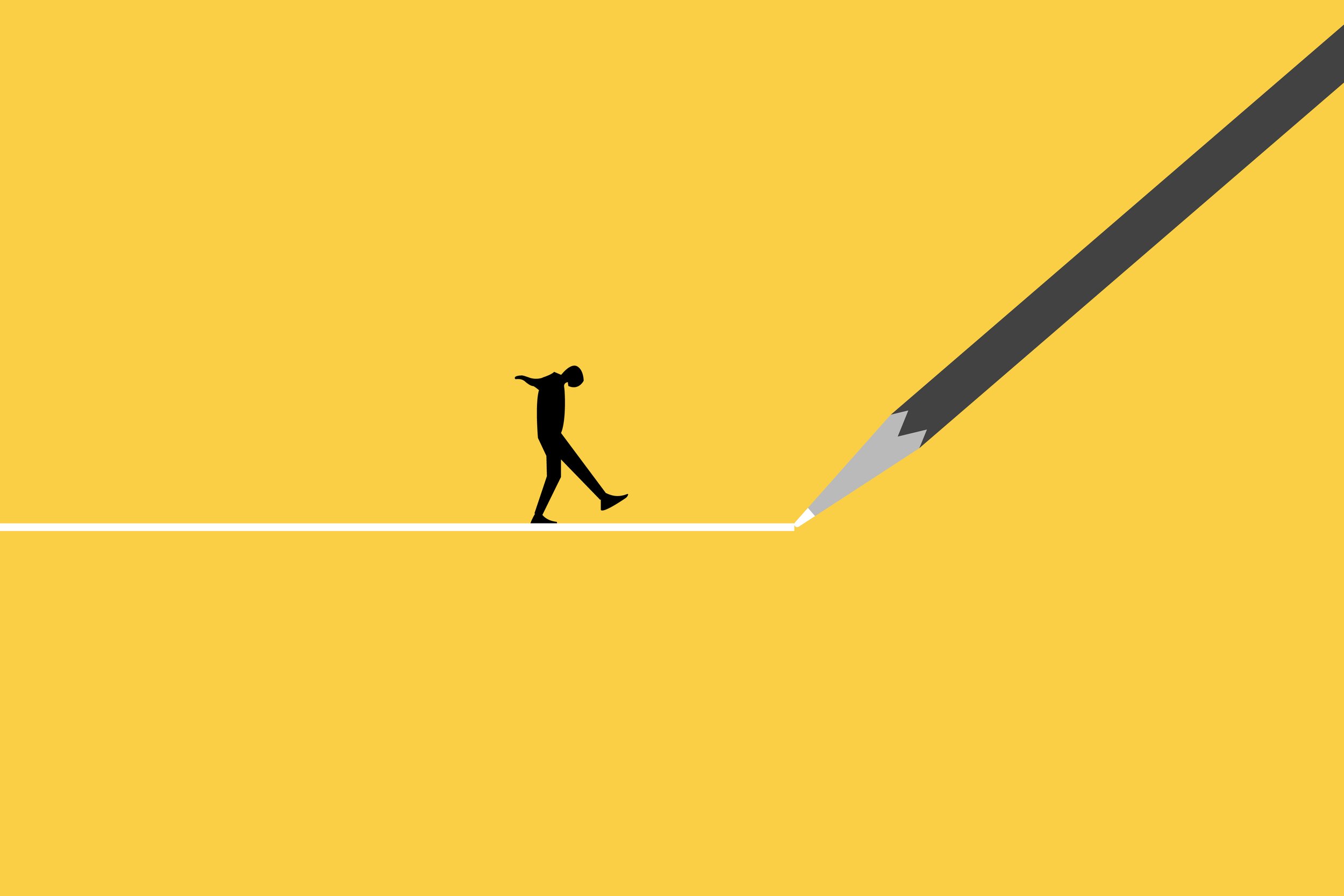Design Thinking: A Pathway to Discovering Where You Belong
Feeling like you belong is a fundamental human need, but it’s not always easy to find your place in the world. Whether you’re seeking your purpose in a career, community, or personal life, design thinking can offer a powerful approach to self-discovery. In this article, we explore how design thinking can help you navigate the journey of finding where you truly belong.
Defining the Problem: Design thinking begins with empathizing and understanding your own feelings, desires, and aspirations. Start by identifying the challenges you face in finding a sense of belonging and what factors might be holding you back. These could include uncertainty about your passions, fear of judgment, or a lack of connection with your current environment.
Empathizing with Yourself: In this stage, design thinking encourages deep self-reflection and introspection. Consider your unique strengths, interests, and values. Engage in activities that allow you to explore your passions, whether it’s volunteering, taking classes, or pursuing hobbies. The goal is to gain a better understanding of what truly resonates with you.
Ideation and Exploration: Now that you have a clearer understanding of your inner self, brainstorm different paths and opportunities that align with your passions and values. Don’t limit yourself at this stage — let your imagination run wild. Think about potential career paths, communities, or lifestyles that could offer a sense of belonging.
Prototyping and Testing: Once you have a list of potential options, start small experiments or “prototypes” to test the waters. Attend networking events, reach out to like-minded individuals, or immerse yourself in new experiences related to your interests. These tests will help you gain valuable insights into what resonates with you and what doesn’t.
Feedback and Iteration: Design thinking emphasizes the importance of feedback and iteration. Be open to learning from your experiences and adjusting your approach accordingly. Embrace both successes and setbacks as valuable learning opportunities, guiding you toward a clearer understanding of where you belong.
Collaboration and Co-Creation: Finding where you belong often involves connecting with others who share your interests and values. Engage in collaborative projects, join communities, or seek mentorship to foster meaningful connections and support in your journey.
Refining Your Path: Through the iterative process of design thinking, refine your path and focus on the areas that bring you the most fulfillment and sense of belonging. Embrace the evolving nature of this journey and celebrate the growth and progress you make along the way.
Design thinking offers a powerful framework for self-discovery, helping you navigate the complexities of finding where you belong. By empathizing with yourself, exploring possibilities, testing and refining your path, and embracing collaboration, you can move closer to a life that aligns with your true passions and values. Remember that the journey to belonging is unique for each individual, but the principles of design thinking can serve as a guiding light on your quest to find your rightful place in the world.
If you would like to experience working with a coach who uses Design Thinking with Dyslexic Thinking, make a no-strings appointment with Jason.

